Simple Post-Workout Habits to Reduce Lactic Acid and Skip the Soreness
Feeling stiff after a workout isn’t a sign you failed — it’s a signal your body did important work and now needs gentle care. Many people still blame "lactic acid" for the soreness that comes a day or two later, but experts explain that lactate produced during exercise is actually recycled by the body and helps fuel recovery while delayed muscle soreness (DOMS) is mainly linked to microscopic muscle damage and inflammation (Robergs et al.; Mayo Clinic). That distinction matters because the habits that help performance and comfort aren’t magic fixes; they’re simple actions that support blood flow, nutrient delivery, and healthy inflammation control. This expanded article shares the practical, older-adult–friendly habits you can start after workouts to ease fatigue, speed return to daily life, and lower the chance of lingering soreness. Each habit includes a quick science note, clear steps you can try, and safety tweaks for aging bodies. Use these ideas one at a time if needed; small consistent changes matter more than dramatic routines. If you have heart disease, unmanaged high blood pressure, or complex medication lists, check with your clinician before starting new supplements or intense contrast therapies. For most readers, these strategies pair well with regular medical advice and help make staying active both safer and more enjoyable.
1. Cool down with gentle active recovery

A short cool-down helps your circulation clear exercise byproducts and eases the transition from exertion to rest. Light movement at low intensity — like five to ten minutes of easy walking, cycling at a relaxed pace, or stepping in place — keeps blood flowing without stressing tired muscles (ACSM guidance). Start at about 40 to 50 percent of your workout intensity and gradually slow down until breathing is comfortable. For older adults, a steady-paced walk is often the safest choice and can be done next to a sturdy railing or with a walking pole for balance. The goal is gentle motion, not extending the workout; think of it as a soft landing. If you feel dizzy, overly breathless, or have chest discomfort, stop and seek medical guidance. Over time, a cool-down can reduce immediate fatigue and make it easier to move the next day, which supports overall recovery.
2. Hydrate smartly after exercise
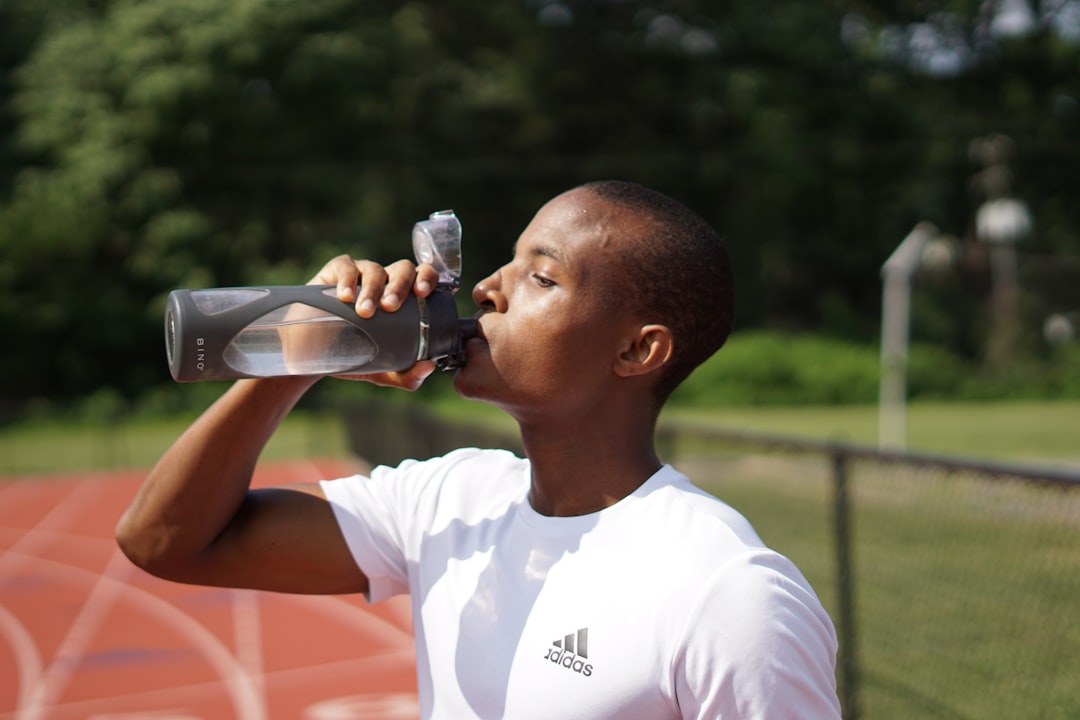
Rehydration supports circulation and helps the body move metabolic byproducts away from working muscles. Drink water soon after exercising and consider an electrolyte option if you sweated heavily or trained more than an hour (sports-drink style fluids or oral rehydration solutions can help replace sodium and potassium). A practical rule: sip 8–16 ounces (about one to two cups) within 30 minutes post-exercise, then continue small amounts over the next several hours while monitoring urine color as a hydration marker. Older adults sometimes have blunted thirst signals, so set gentle reminders and avoid waiting until you feel thirsty. If you take medications that affect blood pressure or kidney function, discuss fluid and salt changes with your clinician before changing your routine. Proper hydration makes it easier for the body to shuttle nutrients to muscles, which supports repair and reduces the sluggish feeling after workouts.
3. Prioritize a short mobility sequence
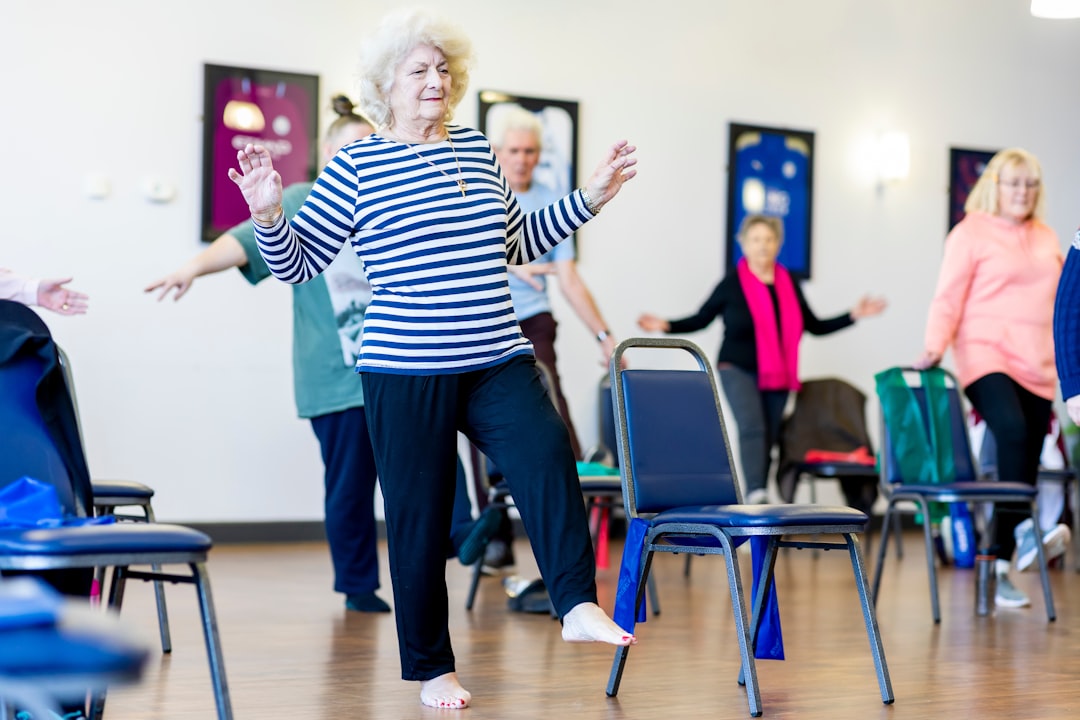
A brief mobility routine restores joint range and keeps blood moving through areas that worked hardest. Focus on controlled, joint-focused moves such as ankle circles, hip hinges with a chair, shoulder rolls, and gentle spinal twists, performing two to three sets of eight to ten repetitions per joint. Move through a comfortable range without forcing tight spots; breathing steadily helps reduce tension while you move. For older adults with arthritis or stiffness, use a chair or wall for support and perform smaller, pain-free arcs of motion. The idea is to increase circulation and keep connective tissues supple, not to chase flexibility goals immediately after exercise. Doing mobility work three to five times a week, especially after training sessions, supports day-to-day function and reduces the mechanical stiffness that can make movement feel harder the next day.
4. Follow with light, targeted stretching
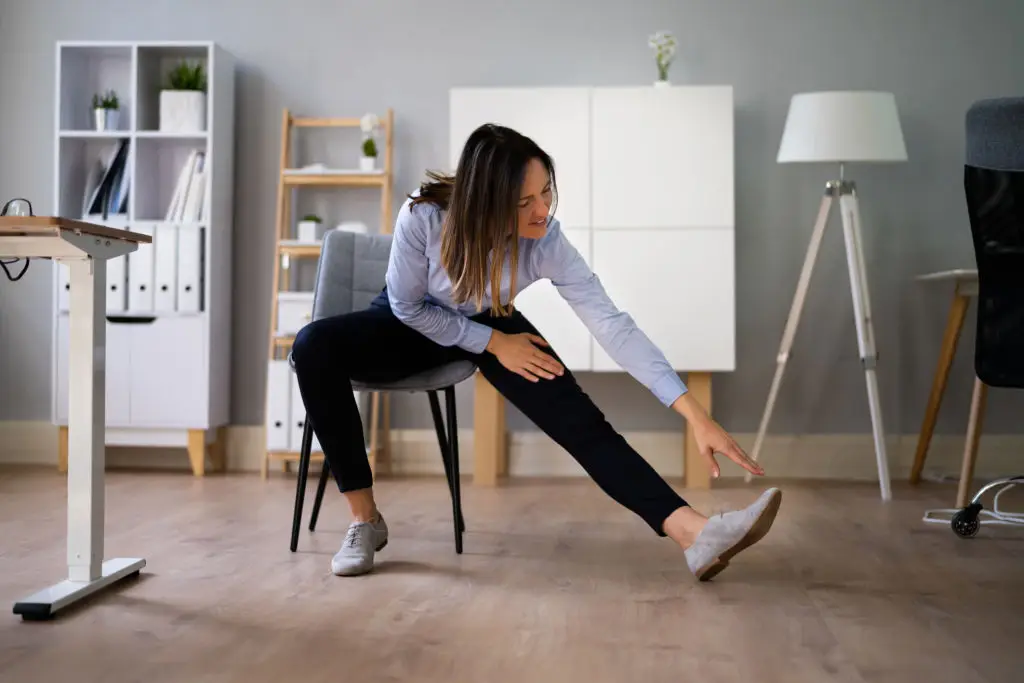
Light stretching after your cool-down can help muscles feel more at ease and restore comfortable length. Hold each stretch for about 20 to 30 seconds, breathing slowly, and aim for two to three stretches focused on the areas you used most during the workout. For example, after walking or cycling, gently stretch calves, hamstrings, and hip flexors using a chair or wall for balance. Avoid aggressive, bouncing stretches and never push into sharp pain. For older adults, shorter holds or fewer repetitions work well; even 10 to 15 seconds can provide benefit if that’s more comfortable. Remember that stretching is about comfort and movement quality rather than dramatic gains in flexibility. When combined with mobility work and light activity, targeted stretching helps muscles feel smoother and may reduce how tight they feel in the following days.
5. Use foam rolling / self-myofascial release

Foam rolling can reduce perceived muscle tightness and modestly improve range of motion after exercise, according to reviews of small clinical trials (Cheatham et al.; Weerapong et al.). Roll slowly over large muscle groups for 30 to 90 seconds per area, stopping briefly on tender spots while avoiding pressure on bony areas. Keep breathing steady and limit the pressure to what feels tolerable — think firm but not painful. If a standard foam roller is hard to manage, try a softer roller, a massage ball, or a rolling stick; seated rolling techniques can work for people with balance concerns. Avoid rolling directly over joints or injured tissue. For older bodies, shorter sessions and a gentler roller are often the safest choice. Foam rolling is best used as a comfort and mobility tool rather than as a cure-all, and it pairs well with the other habits on this list.
6. Consider massage or hands-on therapy

Massage provided by a licensed therapist often reduces soreness and improves comfort after workouts, especially when combined with other recovery measures (Weerapong et al.). A 20- to 45-minute session focused on the worked areas can ease muscle tension and promote relaxation. When seeing a therapist, mention any heart, clotting, or skin conditions, and ask for techniques suited to older adults, such as lighter pressure or lymphatic-style work. If professional massage isn’t available, try simple self-massage strokes, gentle kneading, or using a handheld massager at home. Massage is as much about nervous-system calming as physical manipulation — the relaxation response it triggers aids sleep and recovery. If you have deep vein thrombosis risk, uncontrolled blood pressure, or certain acute injuries, check with your clinician before massage.
7. Eat a balanced recovery snack: protein + carbs
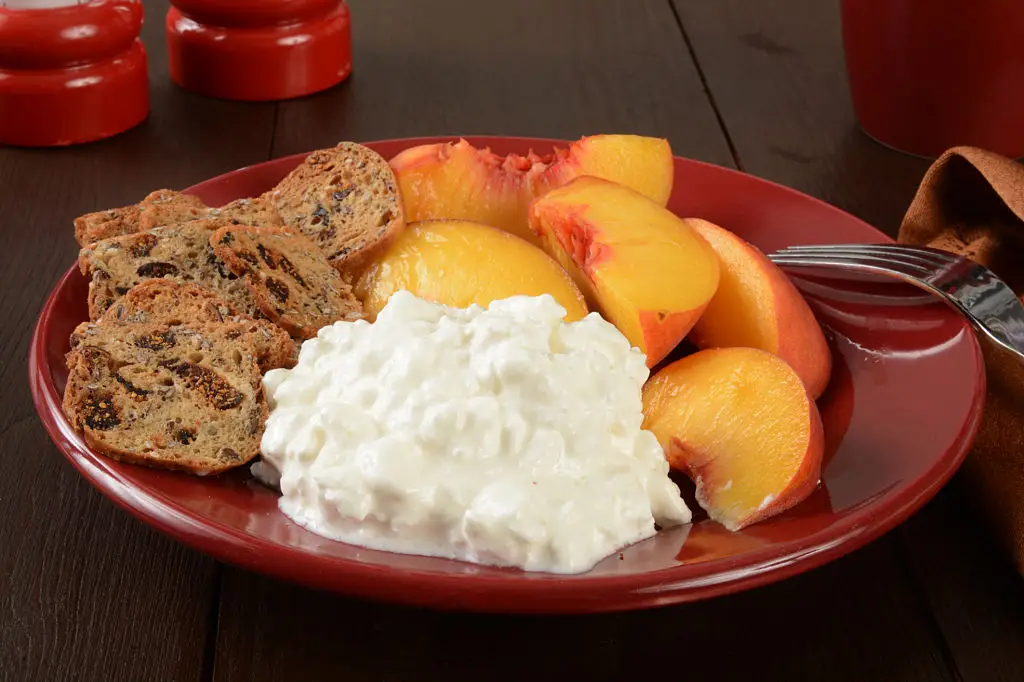
A small snack with protein and carbohydrates after exercise supports muscle repair and restores energy stores. Aim for a mix like yogurt with fruit, cottage cheese and crackers, or a small sandwich with lean protein within 60 to 90 minutes post-workout. Protein provides amino acids needed for rebuilding muscle tissue, while carbs refill glycogen used during activity (Phillips & Van Loon; ACSM). For older adults, slightly higher protein per meal helps overcome age-related changes in muscle metabolism; choices such as Greek yogurt, eggs, or a milk-based smoothie are gentle and effective. If you have kidney disease or specific dietary restrictions, tailor protein amounts with your healthcare team. Staying mindful about portion sizes and timing makes this a practical habit that supports recovery without complex meal planning.
8. Include anti-inflammatory foods and omega-3s

Foods rich in omega-3 fats and phytonutrients can support healthy inflammation control that’s linked to less soreness after muscle work. Try including oily fish like salmon, walnuts, flaxseeds, or a mixed greens salad with colorful vegetables a few times a week. These foods provide nutrients that help the body regulate the inflammatory response to exercise stress. For some older adults, an omega-3 supplement may be discussed with a clinician, especially if dietary intake is low; check for interactions with blood-thinning medications. Emphasize whole-food swaps rather than relying on supplements alone: a balanced plate with lean protein, healthy fats, and fiber-rich carbs helps recovery and long-term health. Nutrition shapes the environment your muscles repair within, and gradual dietary shifts can make soreness milder over time.
9. Use magnesium and prioritize sleep
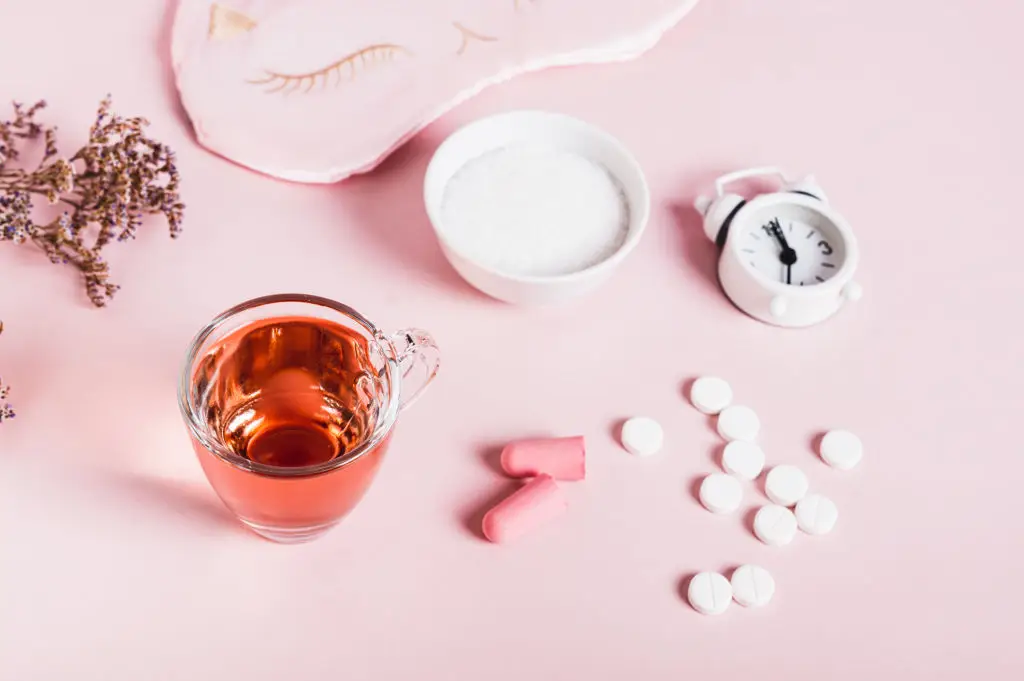
Magnesium supports muscle relaxation and nervous-system balance, and getting enough sleep is one of the strongest recovery tools available. If dietary intake seems low, discuss magnesium glycinate or food sources like leafy greens and nuts with your clinician; supplement decisions should be personalized, especially for older adults on multiple medications. Prioritize consistent bedtimes, a cool, dark room, and a wind-down routine that avoids screens before sleep. Quality sleep helps hormone patterns that repair tissue and reduce sensitivity to discomfort. Even small improvements in sleep — a regular bedtime or a calming pre-sleep ritual — can make soreness feel less intrusive and improve overall resilience.
10. Try contrast or targeted cold therapy cautiously

Cold water immersion and contrast therapy (alternating warm and cool water) show mixed benefits for soreness; they may reduce uncomfortable sensations but are not universally necessary (systematic reviews). If you try these methods, use gentle, short exposures — for example, 1–3 minutes of cool water followed by 1–3 minutes of warm for three cycles — and avoid extremes. Older adults with circulation problems, Raynaud’s, uncontrolled hypertension, or cardiac concerns should get medical clearance first, since sudden temperature changes affect the cardiovascular system. A safer at-home option is a cool foot or hand bath after intense leg work, or simply applying a cool pack to a particularly sore spot for 10–15 minutes. Use contrast or cold therapy as a comfort tool, not a required practice.
11. Move gently the next day and use pacing
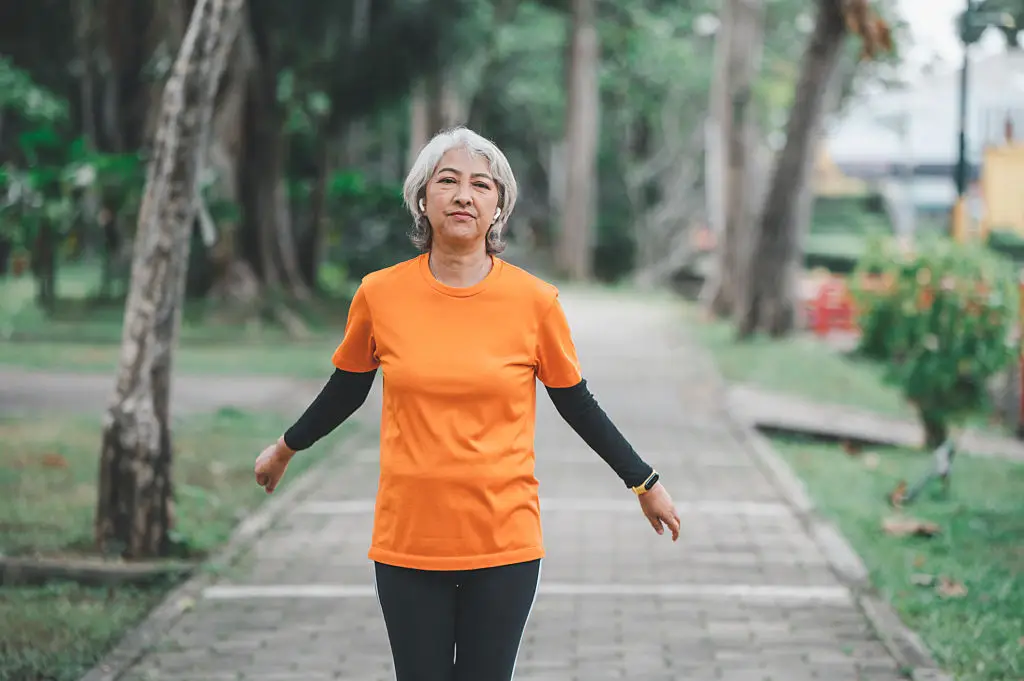
How you move the day after exercise influences how quickly soreness fades. Light, low-impact activity such as a 20- to 30-minute walk, gentle pool session, or easy cycling increases blood flow and supports repair without adding damage. Keep intensity well below your usual training pace — conversational breathing is a good guide — and monitor soreness versus sharp pain. Pacing is especially important for older adults: alternate more intense days with gentle movement or focused flexibility work, and allow an extra day of rest if recovery feels prolonged. Gradual increases in activity and consistent active recovery sessions reduce the chance that soreness will spiral into longer inactivity. This approach helps you stay consistent with exercise while respecting the body’s need for repair.
12. Leverage Deep Diaphragmatic Breathing
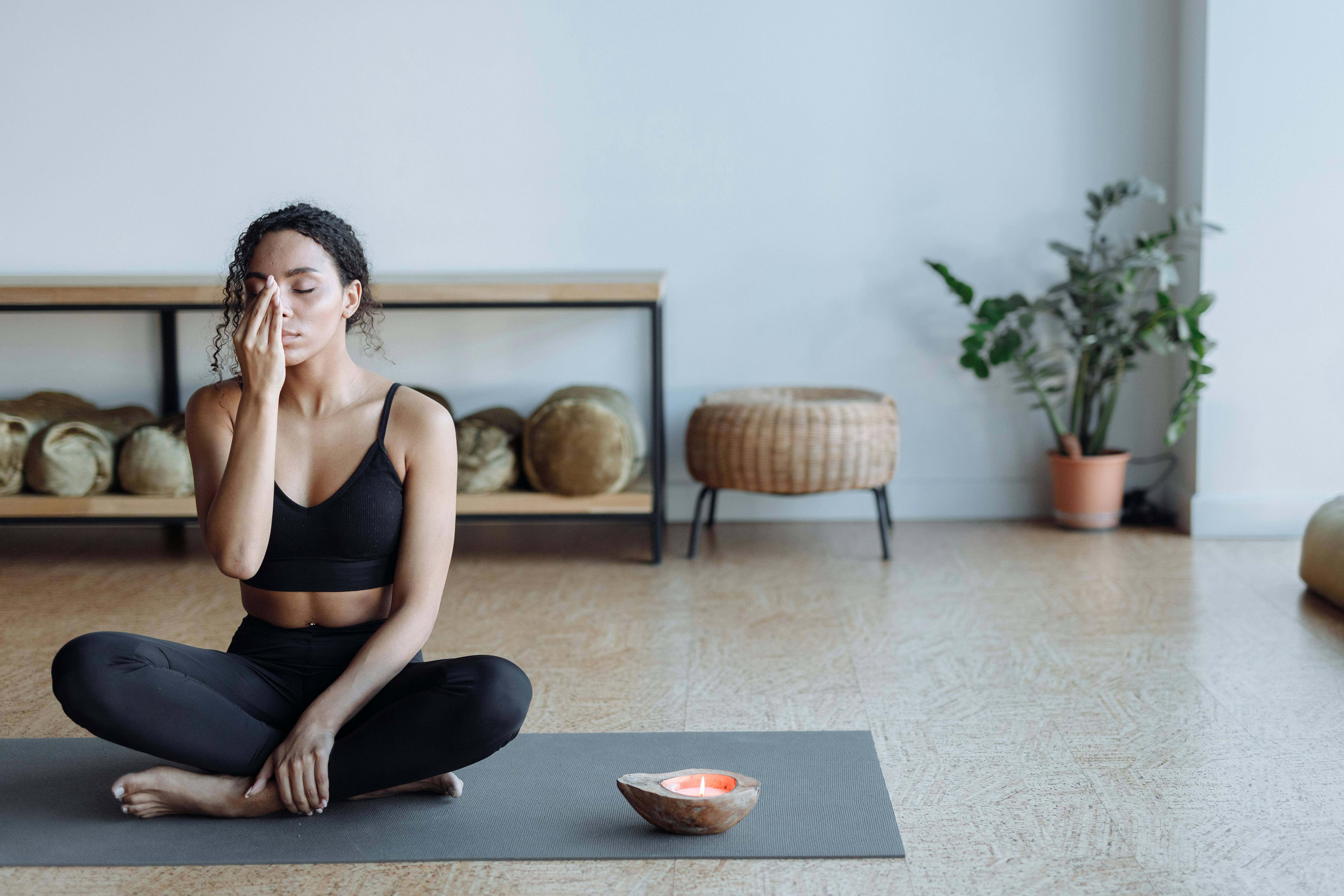
Beyond calming the nervous system for sleep, specific deep-breathing exercises immediately after a workout can accelerate recovery. Focused diaphragmatic breathing activates the parasympathetic nervous system (the "rest and digest" mode), helping the body quickly transition out of the stress response (sympathetic mode) triggered by intense exercise. This shift allows blood vessels to relax, reducing heart rate and blood pressure faster than simple passive rest. Try a 5-minute boxed breathing pattern: inhale for four seconds, hold for four, exhale for six, and hold for two. Perform this seated or lying down while focusing on letting the belly rise and fall. This subtle technique is entirely safe, requires no special equipment, and provides a direct, non-pharmacological way to calm the nervous system and promote the physiological state required for effective muscular repair.
13. Adopt a Post-Workout "Transition Ritual"
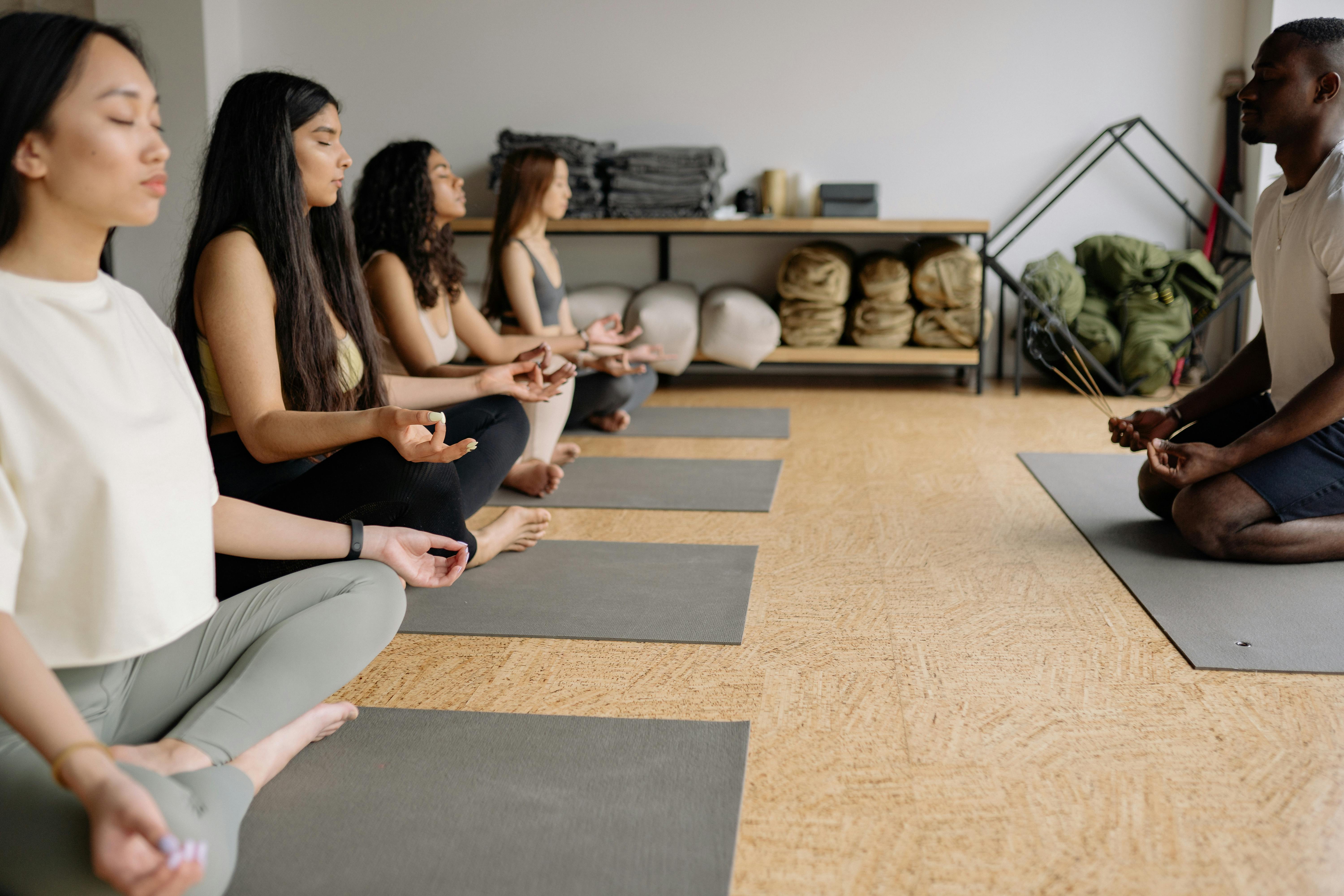
Recovery isn't just physical; it's psychological. Creating a consistent, non-negotiable 10-minute transition ritual helps mentally separate the exertion of the workout from the rest of your day, which lowers overall stress and facilitates physical recovery. This is more about routine than specific technique. It could be listening to one specific song, enjoying a warm cup of herbal tea (like chamomile or ginger), or engaging in a short journaling session to note workout feelings and gratitude. This ritual signals to your brain that the "fight or flight" phase is over. Establishing this mental boundary reduces the circulating stress hormones (like cortisol) that can hinder muscle repair and delay sleep, making the recovery process more consistent and effective over time.
14. Incorporate Tart Cherry Concentrate

While cherry juice was mentioned in a previous conversation, the concentrated form offers a powerful, targeted recovery boost. Tart cherry is rich in anthocyanins, potent antioxidants that have been shown in meta-analyses to significantly reduce Delayed Onset Muscle Soreness (DOMS) and aid in muscle strength recovery post-exercise. The concentrate provides a higher dose of these anti-inflammatory compounds than the juice. Mix two tablespoons of the concentrate with water after intense training sessions. This habit provides a highly bioavailable source of natural compounds that actively quench the oxidative stress and acute inflammation caused by muscle micro-damage, helping older adults reduce the lingering discomfort and stiffness that often hampers consistency.
15. Utilize Compression Garments Selectively
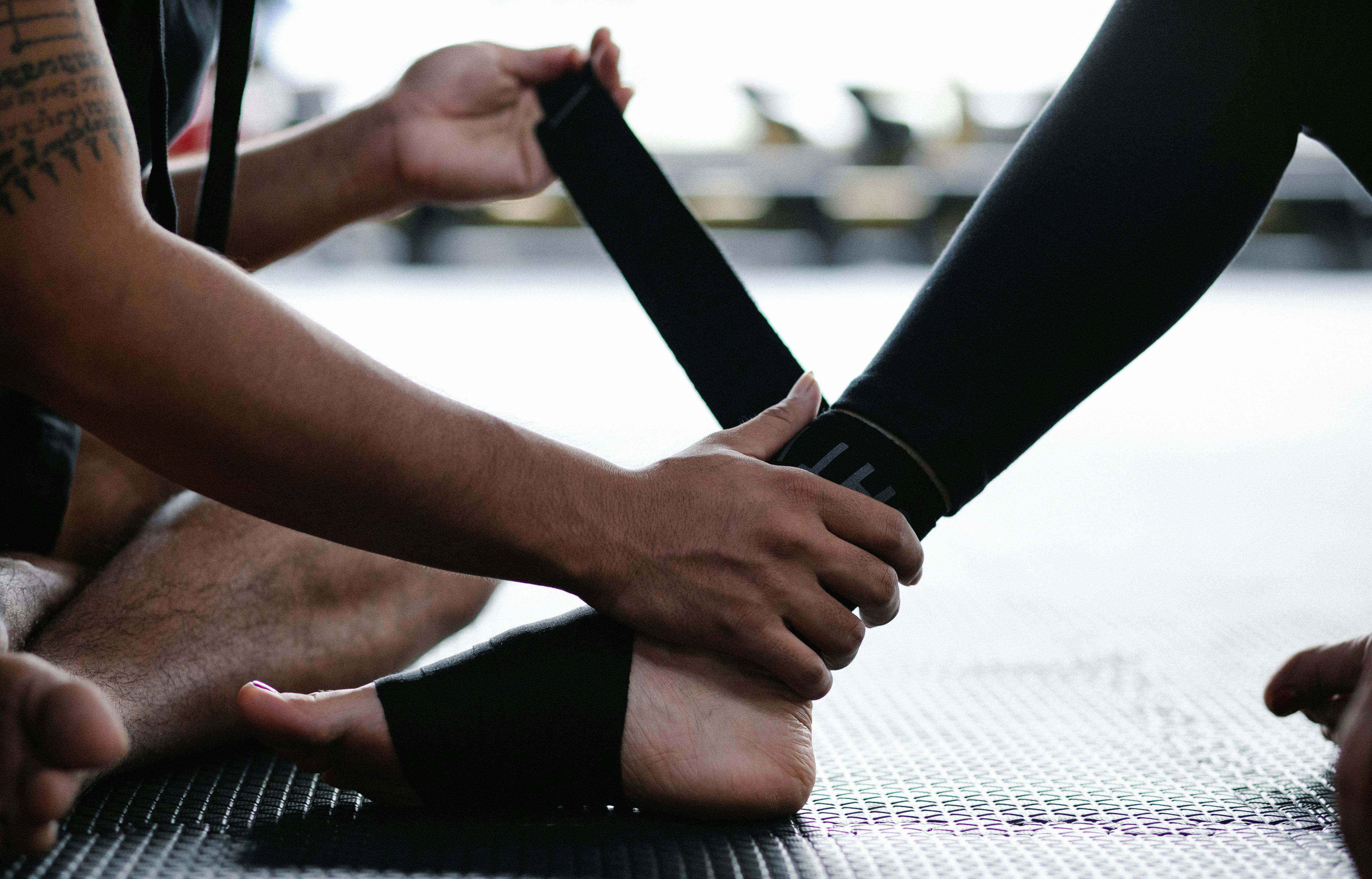
Compression clothing (socks, sleeves, or full garments) should be viewed as a circulation tool, not just workout gear. Wearing light-to-moderate compression immediately after a strenuous session and for several hours afterward can help reduce perceived muscle vibration and control swelling (edema). The gentle pressure supports the venous system, helping to clear metabolic waste products more efficiently and reduce the pooling of fluid in the extremities. For older adults, this can be particularly beneficial for heavy leg workouts. Ensure the garment fits correctly—it should feel snug but not tight or painful—and always remove it before sleeping. Use this primarily on high-impact days to aid comfort and support quicker return of normal limb sensation.
16. Practice Guided Meditation or Body Scan

Often overlooked, engaging in a 10-15 minute guided meditation or "body scan" immediately after exercise provides direct nervous system recovery. The practice involves lying still and systematically focusing attention on different parts of the body, observing any lingering sensations of effort, soreness, or fatigue without judgment. This deep attention helps to down-regulate pain sensitivity by shifting focus away from discomfort and promoting a state of deep relaxation. This is a profound, yet gentle, form of mind-body recovery that requires only a quiet space. By reducing nervous system hyperactivity, it enhances the effects of sleep and nutritional recovery, making the psychological experience of recovery smoother and helping older adults maintain a positive association with their exercise routine.
17. Sip Bone Broth or Gelatin (Collagen Support for Tendons)

While most focus on muscle protein, tendons, ligaments, and joints take longer to repair and stiffen easily with age. Quickly sipping a warm cup of bone broth or dissolving a tablespoon of unflavored gelatin (which is hydrolyzed collagen) in a warm drink after your workout provides easily absorbed amino acids like glycine and proline. These are the specific building blocks your body needs to synthesize new collagen. This practice doesn't just nourish muscle; it strategically targets the connective tissue surrounding the muscles and joints. Tendons and ligaments have lower blood flow, so providing these raw materials immediately supports their resilience, helping to reduce the mechanical stiffness and joint aches that often accompany muscle soreness in older adults.
Final thoughts: Small habits add up for steady recovery
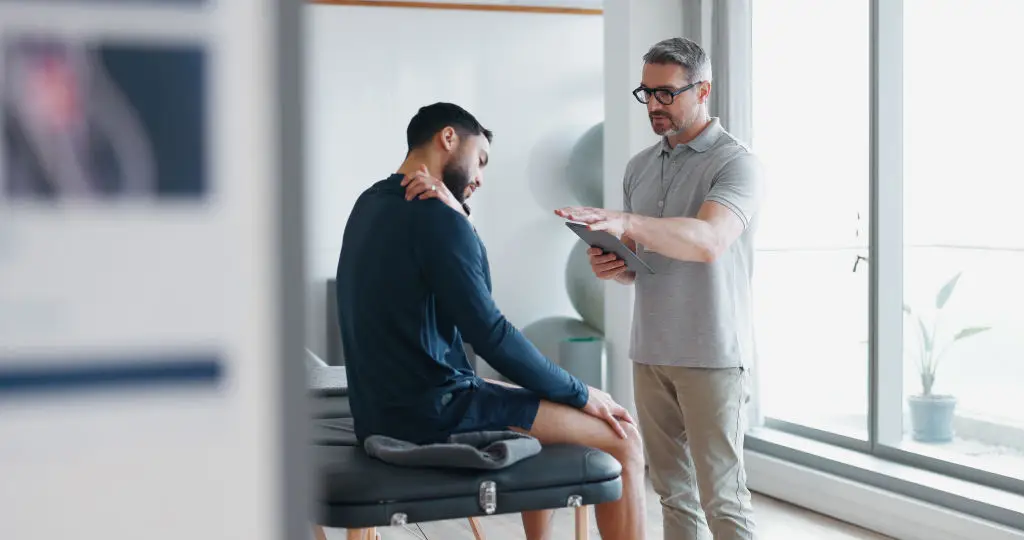
Recovery is the quiet companion of progress, and for older adults, simple habits can make movement feel sustainable and enjoyable. These eleven practices — from a gentle cool-down and smart hydration to food choices, light movement the next day, and sleep support — work together to improve circulation, support repair, and reduce discomfort after exercise. None promise a magic fix for delayed soreness, but each one nudges your body toward balance and steady resilience. Start with one or two habits that fit your routine and build from there. If you take medications, have heart or kidney conditions, or experience unusual symptoms, check with your clinician before trying new supplements or temperature therapies. Above all, be patient and kind to yourself: consistent, moderate care will help you keep moving with confidence. Embrace recovery as part of the plan, not an interruption, and celebrate the small wins that make staying active more comfortable and more rewarding.